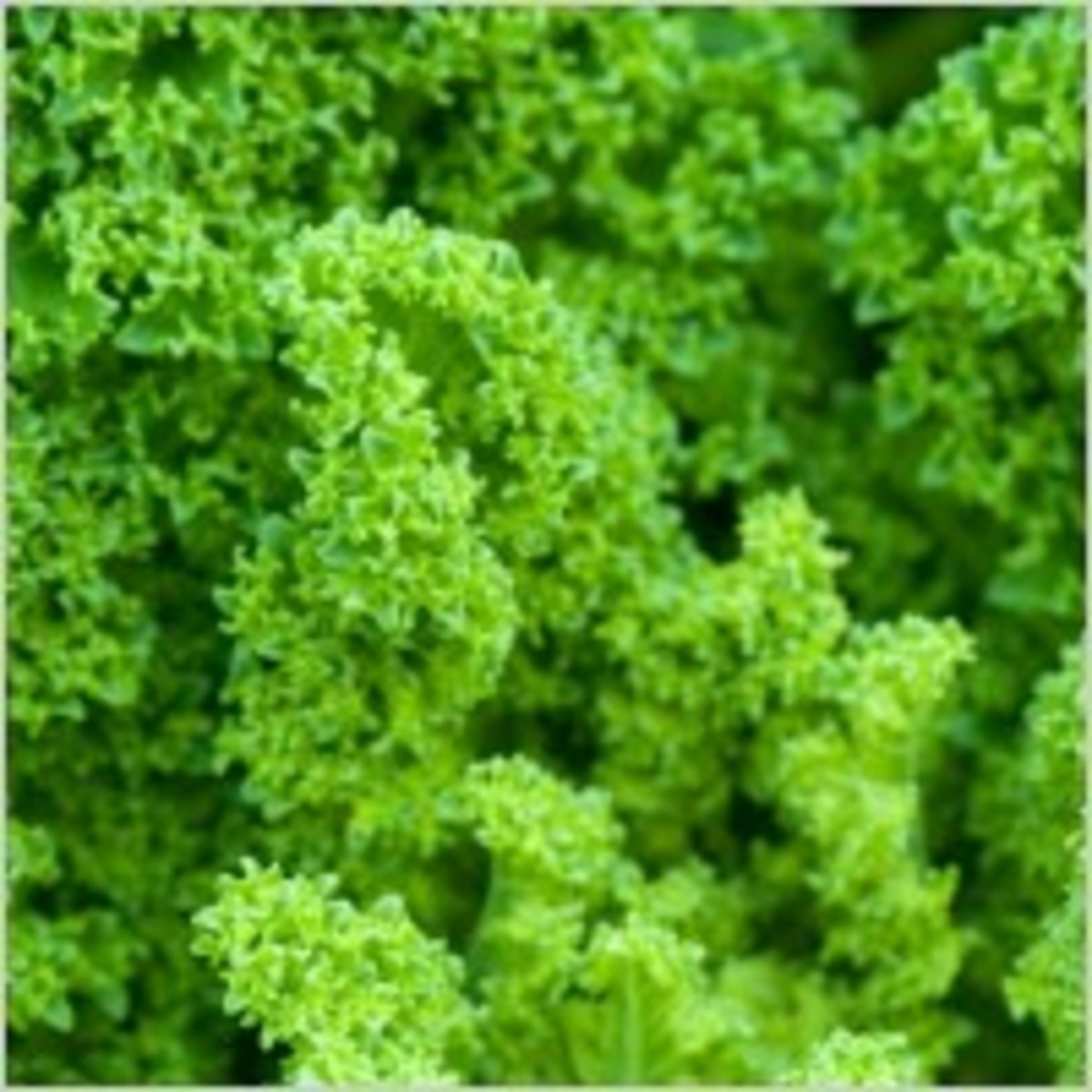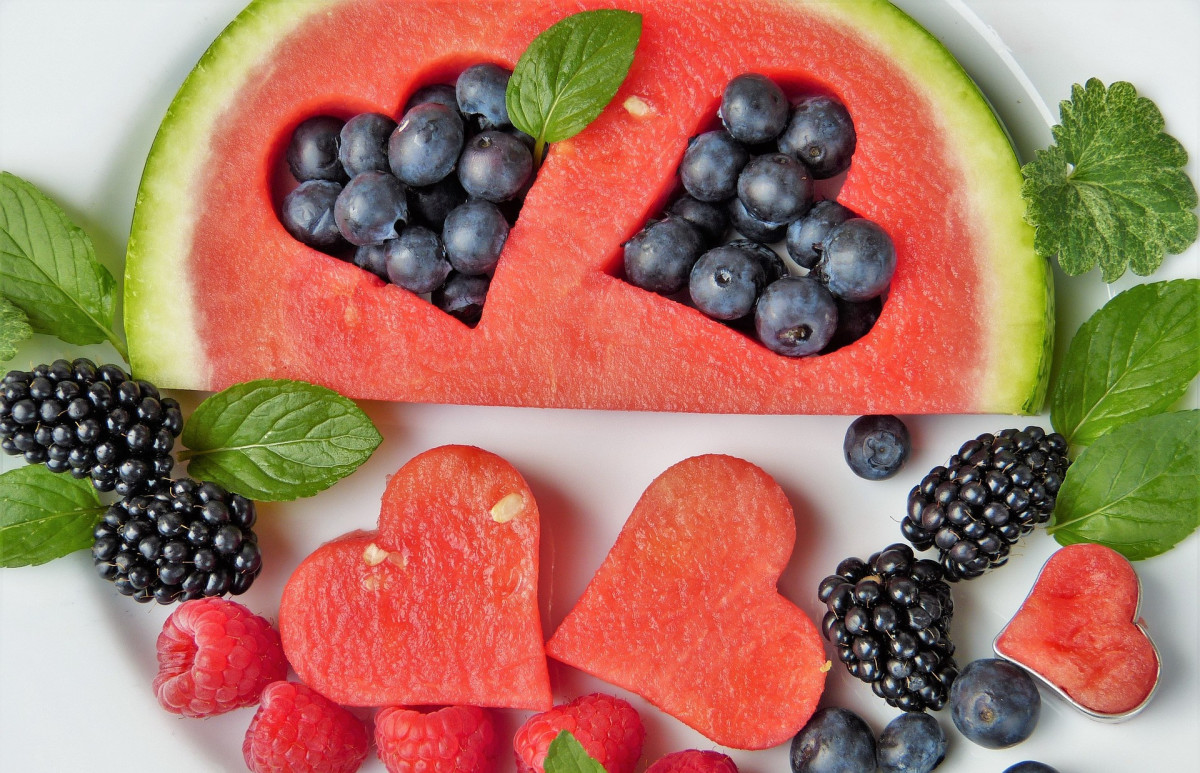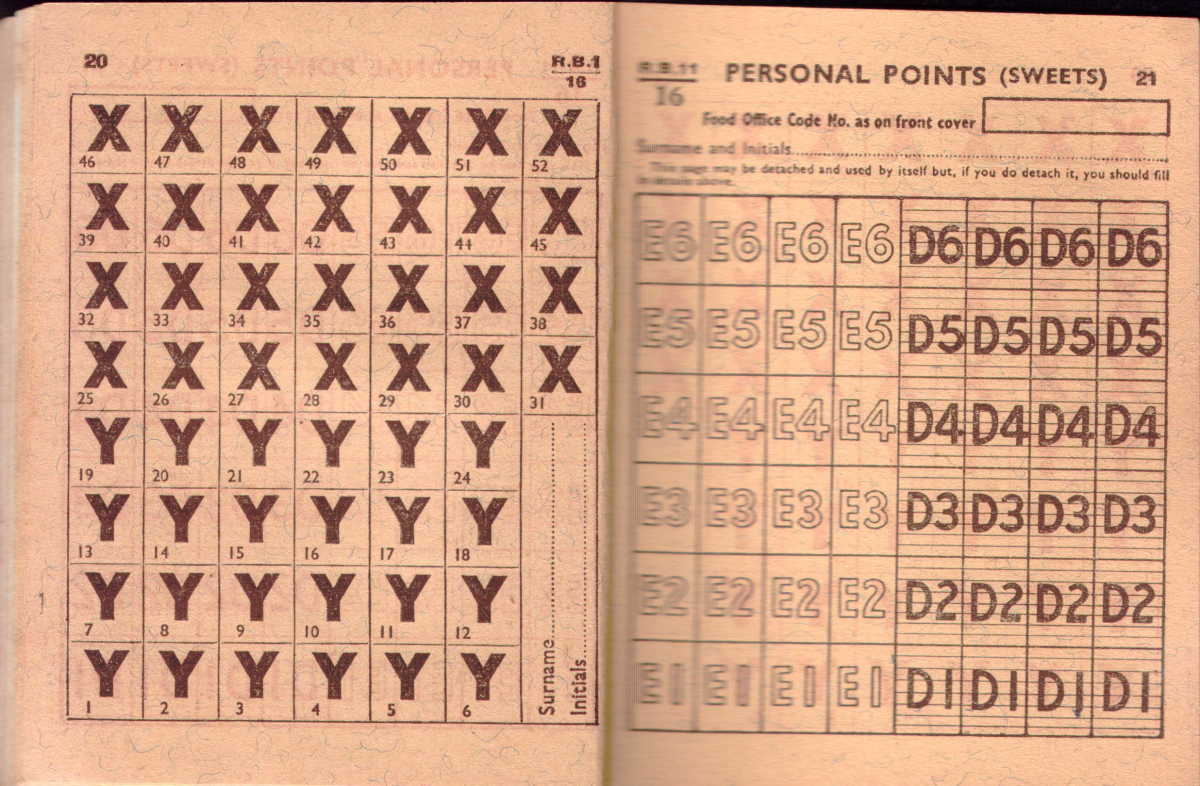What To Feed Baby
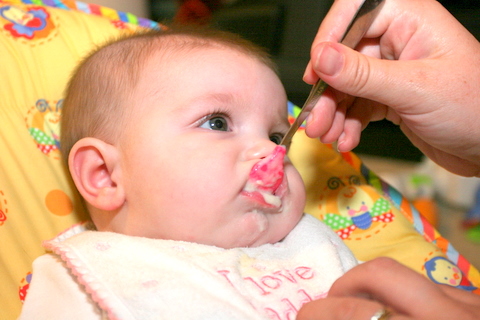
Baby food selections are overtly overwhelming on today’s market and when mom goes grocery shopping she can spend over 2 hours trying to read the food content of items she is considering to purchase. Conversely, what to feed baby is not as overwhelming as today’s food selections. Baby’s palate is simple and the many assortments in the marketplace are not necessarily what health experts recommended.
The First Spoon Full
Once baby begins to eat solid foods experts suggestion to first offer rice cereal. Rice cereal is mild and has a similar flavor as infant formula. It matters not if the rice cereal is sold by a particular company in a particular package. The only recommendation by experts is that the cereal be iron fortified. Most single mothers are not aware that iron deficiency is directly connected to baby or toddler’s behavior, physical growth and overall well being. The iron enriched cereal facilitates a strong immune system. Presenting rice cereal to baby also helps preserve his delicate digestive system. Baby’s esophagus, stomach, and colon are acclimatized to liquids as such, cereal is the best commonsense transition from liquid to solids. When feeding baby cereal, remember to do so with a spoon not the bottle. A true introduction to solid foods begins at the table with the food served on a dish.
More Solid Foods
Roughly 8 to 9 months as baby’s digestive system and appetite matures he is ready, along with cereal, to eat other solid foods. Experts instruct the best victuals to give baby should come from the fruits and vegetables group. The vegetable of choice is usually green peas or beans. These foods are high in nutrient, gentle on the digestive system and is appetizing to baby. If after several days baby continues to reject the vegetable of choice substitute it with an apple or banana. At this early stage, it is not a good idea to offer baby both fruit and vegetable, to do this will overwhelm baby’s taste buds and will frequently led to rejection of any new foods. Mom, remember to serve soft foods only, baby is not ready for chunk size foods. If necessary, add water to soften food mixture, in doing this it might ensure easy digestion. In support of single mothers who prefer homemade foods, there are many gadgets to help mash foods, but from an economic perspective the knife and fork are just as efficient.
Toddler Servings
Baby is now a toddler and is eating cereal, a vegetable or a fruit. He is beginning to appreciate the quality and textures of food. Of course, he is also eating and snacking from your plate so he is slowly comprehending the availability of various meals. As a toddler, your child can enjoy different types of fruits and vegetables. Your child’s interest at this age, might expand to meat, if not, not to worry meat is usually the last food that baby clamors for; it is an acquired taste which usually begins as late as age 3. When feeding meat, the blender is a convenient device to soften food. At this stage, your child will attempt to feed himself, this is the fun side of eating because he will be messy and will enjoy having dirty mouth and hands. After a year, your toddler’s meal can include yogurt, egg yolk, bread and crackers. As you interchange vegetable to learn your toddler’s preference, this is a good time to introduce juice. The best recommendation is apple juice, organic of course.

Liquid limitations
When formula is replaced with milk and juices there are some important restrictions to adhere. The first is only use 100% juice, anything else will contain too much sugar and preservatives. As you transition to cow’s milk, purchase milk below 2%, too much fat can be harmful to baby. Some experts recommend adding water to the low fat milk, since the milk is already weak, I think this might be a little excessive. If you enjoy the benefits of smoothies and would like baby to participate, remember to use fresh fruits and all natural low calorie yogurts. As a rule whatever type of juice you give to your toddler limit it to a maximum of 1 to 2 cups per day. Try to offer baby the fruit first it is better than the juice. When offering juice to baby dilute it with water, for every ounce of juice add approximately 2 ounces of water this help prevent high sugar intake and ultimately tooth decay.
Don’t give him that
Mommy, it is important to remember that baby is new to solid foods, as a toddler your child is not ready for certain foods. Experts recommend that you do not deviate from the simple fruits and vegetables. In particular there are some foods that they suggest you initially avoid. Withhold from your child these foods: soy, honey, wheat, nuts, and any type of seafood. These types of food are reported to cause allergic reaction in children. Here are some signs of allergic reactions your toddler might experience: skin rash, red spots and itchiness in various parts of the body. Swollen mouth, tongue and cheeks are additional signs. If baby’s nose is constantly discharging mucus, and he is frequently wheezing these are also possible indication of allergies.
Go organic
As you introduce solid foods to your child consider the source. Since you are giving your child regular food on a consistent basis, experts recommend choosing organic. As per the United States Department of Agriculture (USDA), fruits and vegetables are organic when they are grown without pesticides, antibiotic and artificial substances. Single mothers, do not despair, buying organic foods is not as expensive as it may sound. If you have a community garden, or farmers market in your area, this can be your organic source. Purchases made from these places are less expensive than the average grocery store. The good news for mothers concerning organic foods is that not all fruits and vegetable must be fertilized organically. There are some foods that when planted are not compromised by pesticides and other chemicals and hence organic status is not a must. The foods that fall into this category are: avocado, broccoli, peas, cabbage, bananas, kiwi, and pineapple.
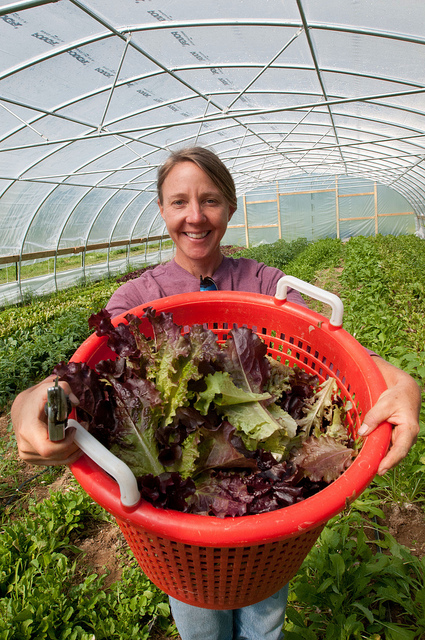
Eat on a round plate
Now that you are feeding baby solid foods, what shall you serve it in? Deliver baby’s food in anything plastic. On the marker, there is a great round toddler plate that is color coded and designed to show the appropriate serving of food per meal. This plate will help keep you on track as you build on the types of food you measure out to baby. Do avoid serving foods on objects that are metal or glass, they can turn into harmful objects. Sippy cups are a delightful invention for toddlers and is a great shift from the bottle. Your child will love it since it is as close to drinking as a grown up as possible.
Feeding baby solid foods can be as easy as crawling or as taxing as potty training, it all depends on the genetic and natural adaptation of your child. My daughter was a hearty eater, she ate whatever that was placed in front of her. However, I knew this single mother whose son was a finicky eater. He refused everything she gave him, except “spaghetti and catchup”. When she consulted with the doctor, the pediatrician said “not to worry he will eventually begin to eat other foods”.



